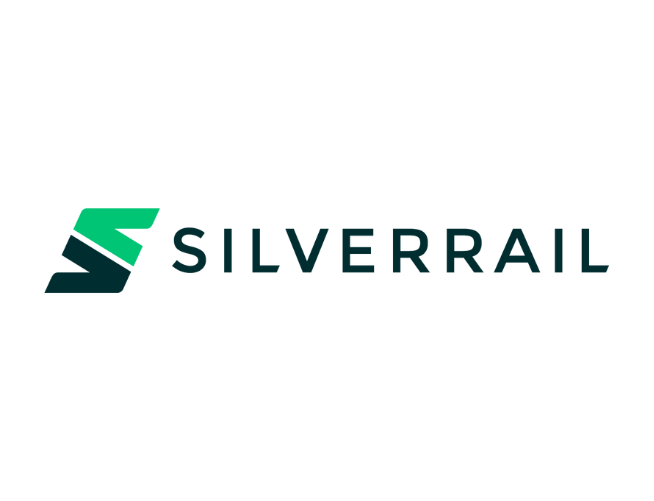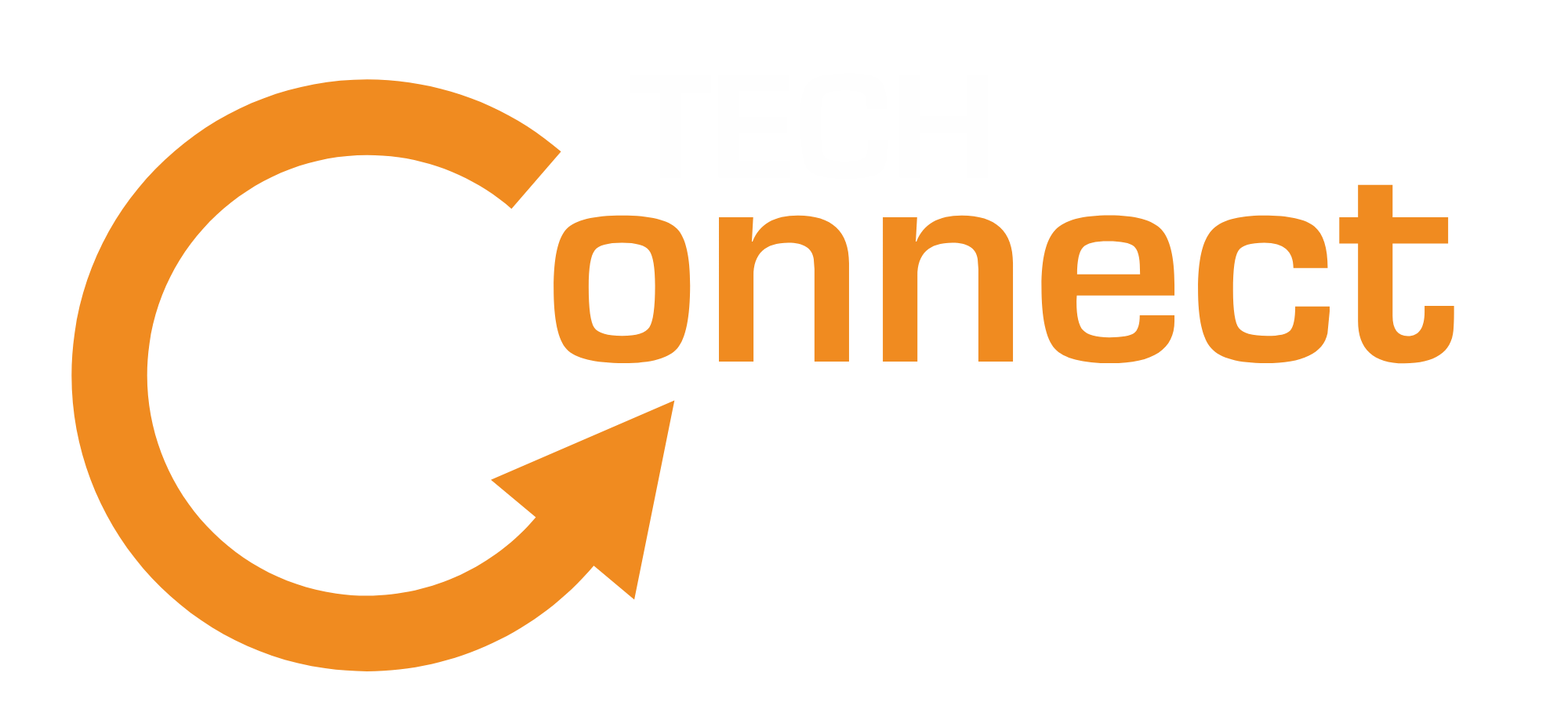THE CUSTOMER
SilverRail is a train journey planning, ticketing, and data insight company, servicing some of the largest and most utilised train networks on the planet, as well as public transit networks in Perth, Wellington, Auckland and the United Kingdom.
SilverRail handles more than 1 billion online rail searches each year while distributing tickets for more than 35 partners. They support over 1 500 customers worldwide and process over 30 million bookings each year on their behalf.

THE CUSTOMER CHALLENGE
The SilverRail journey planning system receives data from multiple rail providers and generates journey plans that include trips across the providers and offers centralised ticketing for users to realise their planned journeys. As updates to actual train arrival times and delays are published by the various providers, the SilverRail system ingests these updates and pushes changes to existing journeys so that users can re-plan their trips when differences between the timetables occur.
To enhance their offering, SilverRail wants to expand their system capabilities to enable the users of their journey planning software to see a historical representation of the reliability of the various rail services. With this feature, users can see if rail lines in their current plan display a high variance in the reliability of service, and in turn make informed changes to their journey plans.
With the historical data from the timetables and the actual arrival times, SilverRail wants to further enhance their users’ experiences by not only showing the historical variance of the rail services, but also predict if future services will run true to their schedules, based on current conditions.
In addition to predicting the reliability of future journeys, SilverRail wants to provide services around delay prediction. So, in cases where a service has notified SilverRail that there is a delay, SilverRail wants to use the information communicated as part of the delay notification in addition to historical data and other contextual data sources, to predict the severity of the delay.
These new features will assist users in missing fewer connections and enable them to proactively search for alternative journeys – benefits that put SilverRail’s services ahead of other providers, resulting in more engaged users that continue to utilise SilverRail’s services for future journey plans.

THE SOLUTION
SilverRail Brisbane engaged with TechConnect through their Data, Discovery & Design (DD&D) offering. This is a low-cost short engagement where our technical and business analysts meet with a customer’s team, execute ideation meetings to understand the customers environments, problems, business values, their drivers and success criteria for the envisioned project, and use this information to derive a preliminary cloud solution.
Through this process, we analysed SilverRail’s software architecture and requirements to identify a solution and provide strategies on how to achieve the product enhancement objectives.
As SilverRail already leverage the AWS cloud to host their existing journey planning software, we proposed adopting the native AWS services to achieve their objectives. This includes machine learning tools to meet the data prediction and forecasting requirements, and an “extract, transform, load” (ETL) data platform to extract the historical data, and then transform it into a format compatible with the existing journey planner systems.
We presented our solution to SilverRail Brisbane, including detailed concerns specific to SilverRail’s data and its use in the machine learning scenarios required to meet the project requirements.As part of this engagement, we provided information on the services required to solve the problem, the configuration, and how the services communicate. We also provided estimates of the cost to run the infrastructure and to develop the solution, both in terms of man-power and additional infrastructure and included detailed analysis to justify the selection of each component and presented alternatives, with reasons why they were rejected from the solution. To support the implementation strategy, we included the points of integration with SilverRail’s existing software, a plan of high-level milestones and ways-of-working, and a pathway to production release that does not compromise the SLAs and requirements of SilverRail’s existing solution.
We also presented some machine learning basics and detailed the services that SilverRail could employ to ensure that their experiments, settings, models, datasets, and other machine learning artifacts are well catalogued and understood.
All information was provided with supporting documentation and references so that SilverRail could choose to either engage with TechConnect to implement the solution, or they could realise the solution internally.
THE OUTCOME
The design, delivery methodology and approach to success presented empowered SilverRail with the knowledge and understanding required to take on the project in their team, with full confidence that they can achieve their goals. With this engagement complete, TechConnect remains available to support SilverRail throughout their journey.

THE TECHNOLOGY

Amazon Web Services (AWS)





